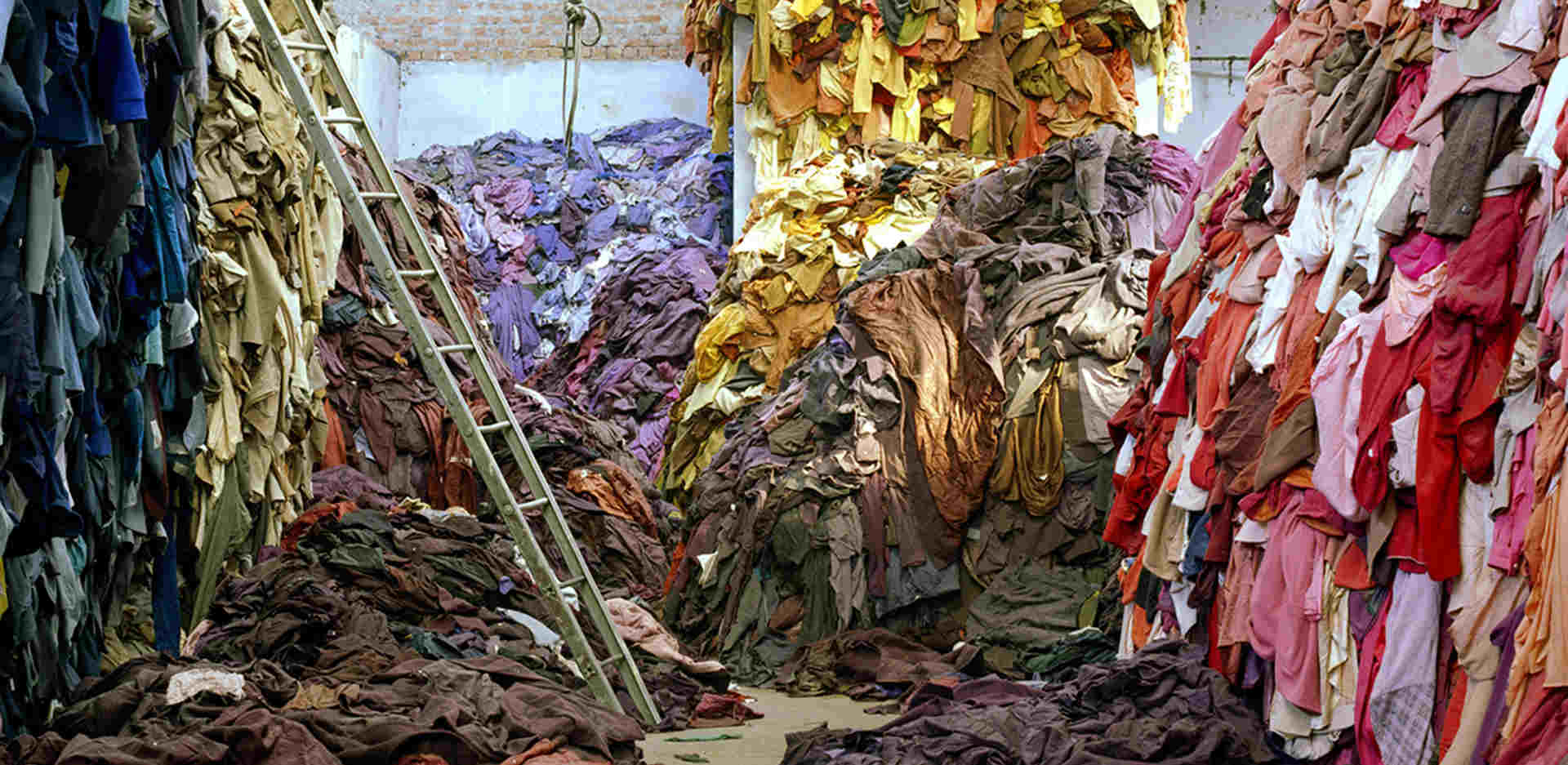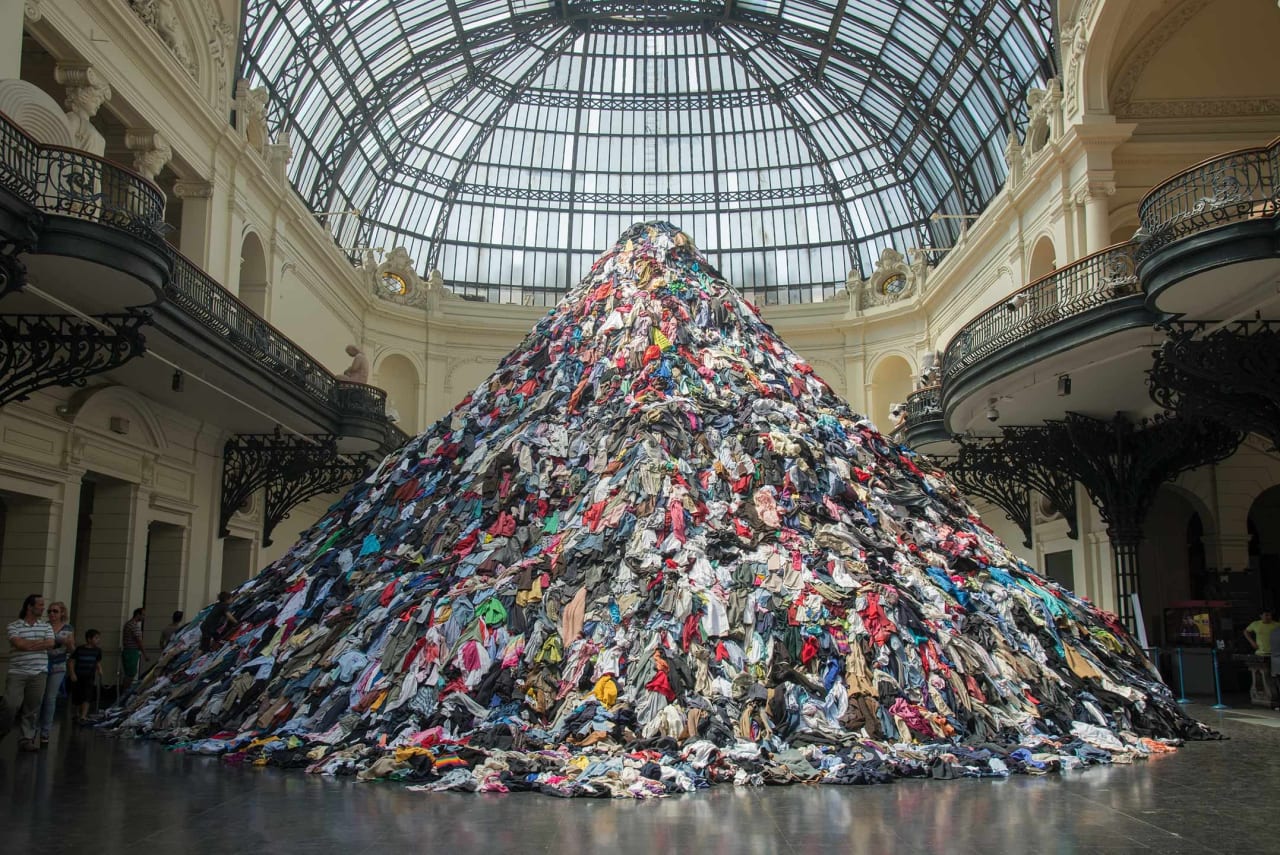Fast fashion has revolutionized the clothing industry, making trendy apparel accessible to millions at remarkably low prices. But behind the glittering façade of affordability and rapid trend cycles lies a shadowy underbelly—one that has severe consequences for the environment, workers, and consumers. The actual cost of fast fashion extends far beyond the price tag of your favorite bargain item.
The fast fashion industry is one of the most significant contributors to environmental degradation. Millions of tons of clothing are discarded each year, much of which ends up in landfills. Synthetic fibers like polyester—a staple in fast fashion—can take hundreds of years to decompose. Additionally, the production process involves excessive water consumption and pollution. For instance, it takes approximately 2,700 liters of water to produce a single cotton t-shirt—enough for one person to drink for over two years.
Moreover, the dyeing and finishing processes release toxic chemicals into rivers and oceans, harming aquatic ecosystems and contaminating water supplies for nearby communities. The carbon footprint of fast fashion is staggering, with the industry accounting for nearly 10% of global greenhouse gas emissions. Each purchase fuels a cycle that depletes natural resources and exacerbates climate change.
Fast fashion’s low prices are made possible by exploiting garment workers, many of whom toil in unsafe and unethical conditions. Factories in developing countries often pay workers poverty-level wages, forcing them to work long hours to meet tight production deadlines. The 2013 Rana Plaza disaster in Bangladesh, where over 1,100 garment workers lost their lives due to a factory collapse, brought global attention to the dire conditions these workers face.
Despite promises of reform, many brands prioritize profits over worker welfare. Subcontracting to unregulated factories frees companies from direct responsibility for labor violations. Child labor remains a prevalent issue, with children as young as ten working in sweatshops to meet the insatiable demand for cheap clothing.
Fast fashion also poses hidden risks to consumers. Many garments contain hazardous chemicals, such as azo dyes, formaldehyde, and heavy metals, used to achieve vibrant colors and wrinkle-free finishes. When absorbed through the skin, these chemicals can cause skin irritation, allergic reactions, and even long-term health problems. Moreover, synthetic fabrics shed microplastics during washing, infiltrating water systems and eventually entering the food chain, potentially impacting human health.
While the dark side of fast fashion is alarming, consumers hold the power to drive change. Choosing quality over quantity, supporting ethical and sustainable brands, and embracing secondhand shopping can significantly reduce your fashion footprint. Awareness campaigns and consumer pressure have already pushed some brands to adopt more sustainable practices, proving that collective action can make a difference.
The next time you’re tempted by a $5 t-shirt or a trendy outfit you’ll only wear once, consider what your clothes are hiding. The cost of fast fashion—to the environment, workers, and your health—is far greater than the price on the tag. By making mindful choices, you can help combat the harmful impact of this industry and promote a more sustainable future for fashion.




